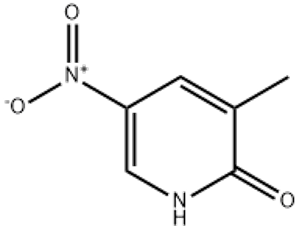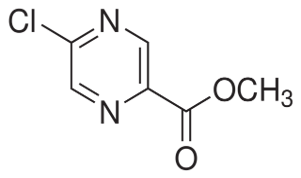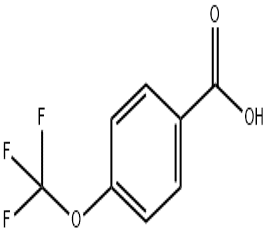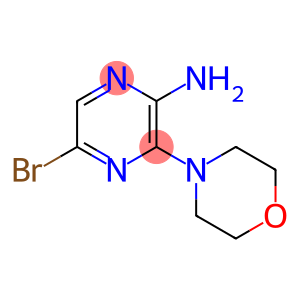2-HYDROXY-3-METHYL-5-NITROPYRIDINE(CAS# 21901-34-8)
| Risk Codes | R36/37/38 – Irritating to eyes, respiratory system and skin. R41 – Risk of serious damage to eyes R37/38 – Irritating to respiratory system and skin. R22 – Harmful if swallowed |
| Safety Description | S37/39 – Wear suitable gloves and eye/face protection S26 – In case of contact with eyes, rinse immediately with plenty of water and seek medical advice. S36 – Wear suitable protective clothing. |
| UN IDs | 2811 |
| WGK Germany | 3 |
| HS Code | 29333990 |
| Packing Group | III |
Introduction
It is an organic compound with the chemical formula C7H7N2O3. The following is a description of the properties, uses, preparation and safety information of the compound:
Nature:
-Appearance: It is a yellow crystal or powder.
-Solubility: It is almost insoluble in water and easily soluble in organic solvents such as ethanol, chloroform and dimethyl sulfoxide.
-Melting point: Its melting point is about 135-137 degrees Celsius.
-Chemical properties: It is a nitrogen-containing aromatic compound with certain chemical reaction activity.
Use:
-It can be used as an intermediate for the synthesis of other organic compounds.
-It can be used as a raw material for pesticides and herbicides in the agricultural field.
Method:
-can be prepared by reacting 2-methylpyridine with nitric acid. The specific steps are as follows: dissolving 2-methylpyridine in ethanol, adding concentrated nitric acid, and obtaining the product through crystallization after the reaction.
Safety Information:
-Very dangerous in contact with the skin, inhalation or after ingestion.
-Avoid skin contact and inhalation when in contact. Wear goggles and gloves if necessary.
-Observe safe operating procedures during handling and storage and properly seal up.
-if necessary, refer to the Chemical Safety Data Sheet (MSDS) for more detailed safety information.








